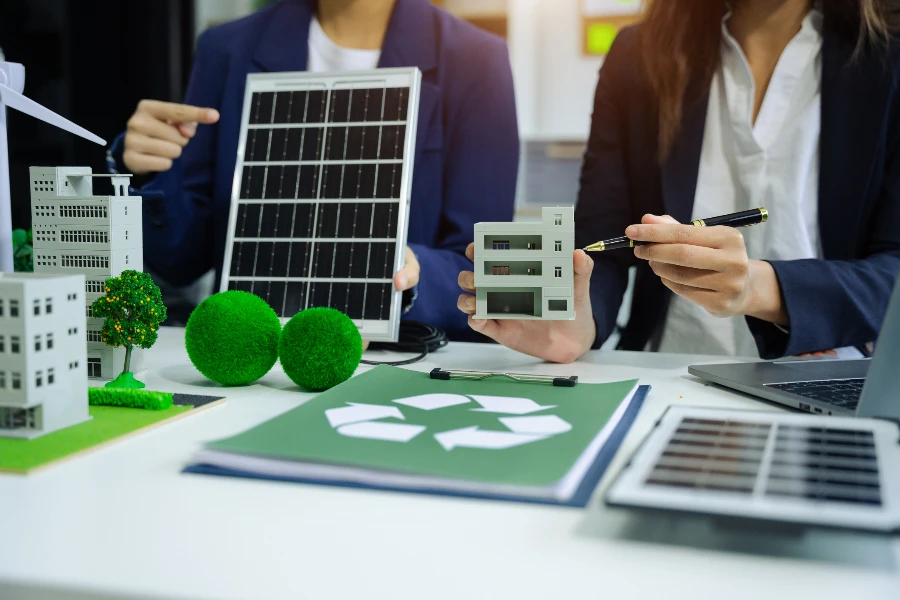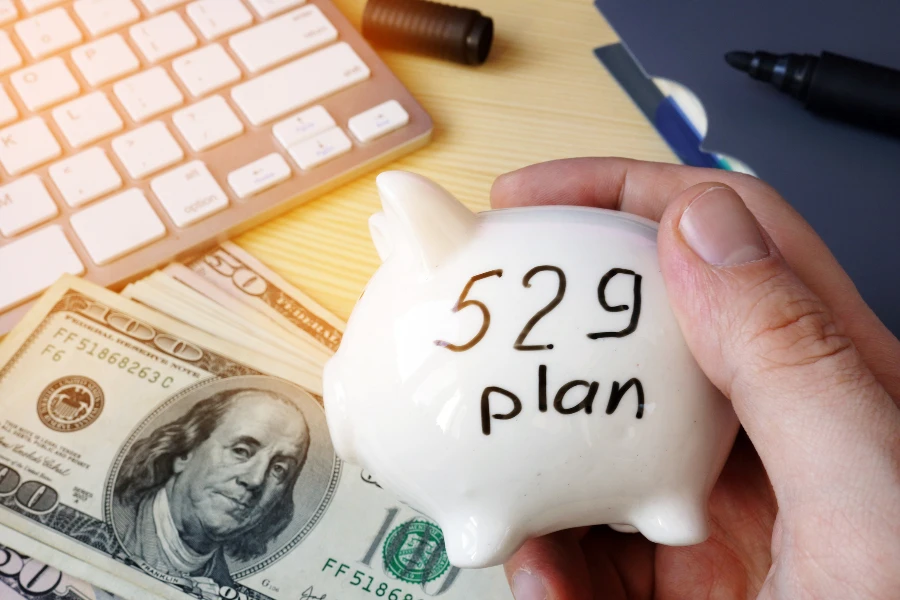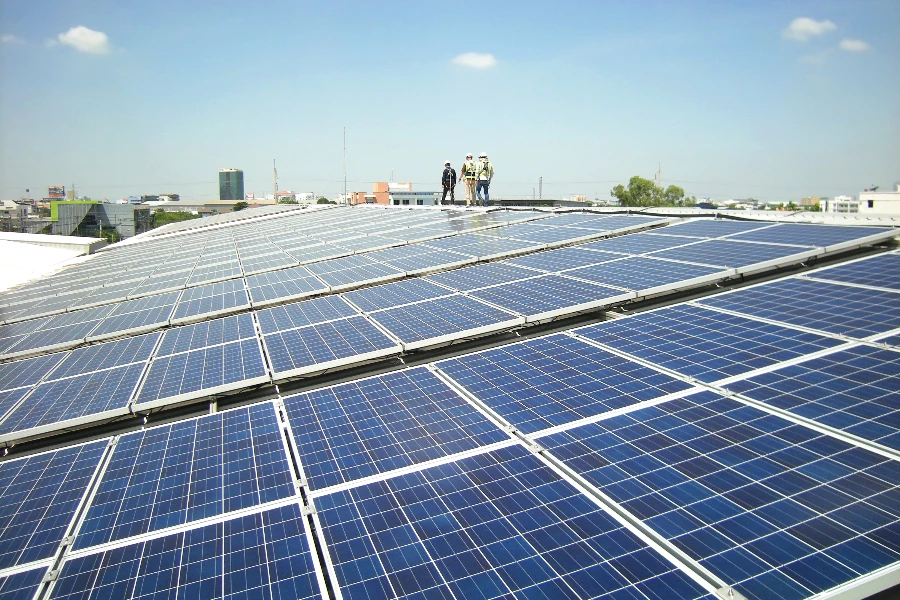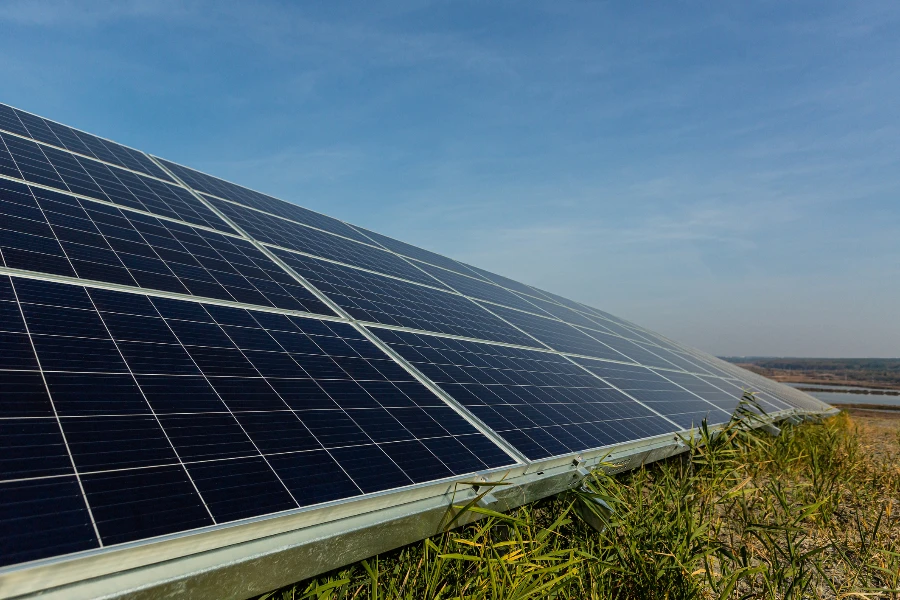Solar panels are the roadmap to a greener world. Today’s constant discussion on decarbonising our power sources invariably leads us to need to know more about solar energy. There is one question that comes up time and time again: how much do solar panels cost? In this article, I am going to explore the financial side of solar energy, and break down what the cost of going solar really is, helping you to decide if making the switch is the right choice.
Table of Contents:
– The initial investment: Breaking down the cost of solar panels
– Factors influencing the price of solar panels
– Long-term savings: Understanding the return on investment
– Financing options for solar panel installation
– The impact of location on solar panel costs
The initial investment: Breaking down the cost of solar panels

When you buy a solar panel, you’re buying more than just the panels themselves. The quoted price often includes the panels, inverters, any mounting hardware, wiring, and an installation crew. The exact price you’ll pay will depend on your system size, components, and the complexity of your installation, with the typical homeowner paying anywhere from a few thousand dollars to a couple tens of thousands of dollars for their solar panels.
Factors influencing the price of solar panels

There are a variety of solar panel costs that can vary within a single installation. There is no one size fits all when it comes to installing panels on your home. The type of panels you decide to install will influence some of the cost. Monocrystalline panels are more expensive but tend to be more efficient and last longer. How big your system is will also impact your price tag – the more panels you install, the more expensive it will be, but you will generate more electricity in return. The location of your installation can also impact the final price tag since economies of scale can vary depending on your location.
Long-term savings: Understanding the return on investment

The initial capital cost of solar panels may seem big but, remember, with energy independence, your electricity bills will be radically reduced if not eliminated completely. The average service life of solar panels is 25 to 30 years – over this period of time, the payback from your initial investment can amount to tens of thousands of dollars. Not to mention the extra money you can save with tax incentives, rebates and credits offered by state and federal governments. By adding up the numbers and finding the break-even point, homeowners will get a much clearer picture of what the real cost and real savings of going solar will be.
Financing options for solar panel installation

Given the substantial upfront cost of purchasing and installing equipment, it’s not surprising that financial barriers are often cited as major obstacles to solar adoption. Fortunately, a number of financing options are available to various degrees of overcoming this barrier. Financing can be divided into different categories: solar loans, solar leases, and power purchase agreements (PPAs, or ‘solar leases’ as they are often called). In every case, the upfront out-of-pocket expense can be kept low or even zero. Some options lead to ownership of the system and thus the ability to enjoy all the savings and incentives such ownership affords. Others simply pay for the electricity that’s produced and pay less than one would if buying electricity from the utility. The typical arrangement is a 20-year contract, so you’d pay for the electricity produced by the system over that 20-year period.
The impact of location on solar panel costs

The price and payback period of solar panels depends heavily on location. This is due to variations in the number of sunlight hours, climate conditions, and state solar incentives. For example, states with higher electricity rates and higher solar incentives offer faster paybacks, making solar more attractive. Some states also might have higher mechanical installation costs based on local permit requirements or design considerations to account for harsh weather conditions.
Conclusion:
The investment in solar panels is a huge decision, but the initial cost, savings, financing alternatives, and other factors must all be taken into consideration before making a conclusion. Although the initial investment is high, the saving from the electricity bill, environmental impact and the added value to the property make solar energy a rewarding decision. Understanding how solar panel costs evolve and what options are available will allow the homeowner to make an informed decision in line with their financial and environmental goals. Solar energy is the future, and an accessible and rewarding investment when approached correctly.




